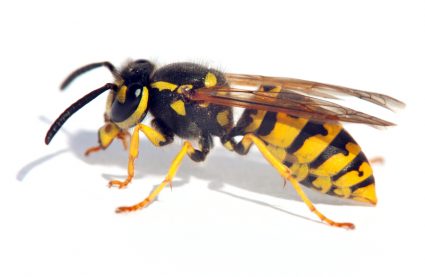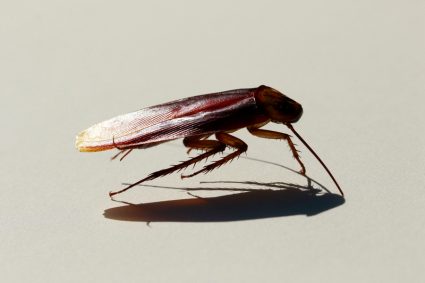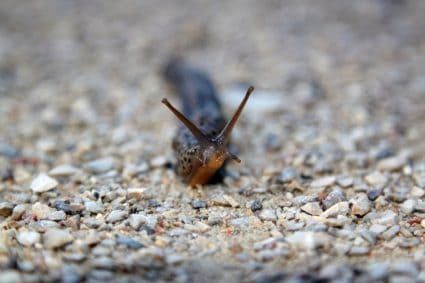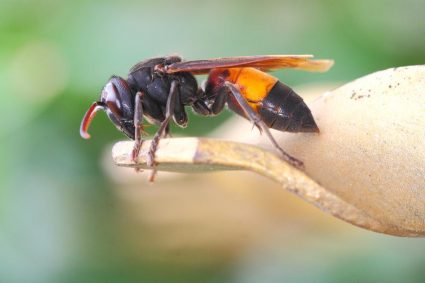
Deer repellents are a crucial tool for gardeners and homeowners who want to protect their plants from foraging deer. But what exactly is in a deer repellent? This article will delve deep into the ingredients used in various deer repellents, how they work, their effectiveness, and other important information you need to know.
Deer repellents contain a variety of ingredients that deter deer through unpleasant smells or tastes. These include putrescent whole egg solids, ammonium soaps of higher fatty acids, thiram, capsaicin and allyl isothiocyanate, blood-based products, and essential oils. Homemade repellents often use ingredients like hot sauce, garlic powder, liquid dish soap, eggs, milk or yogurt, cayenne pepper, and more. The specific ingredients can vary based on the commercial product or homemade recipe.
Main Ingredients in Commercial Deer Repellents
Commercial deer repellents typically contain a variety of ingredients designed to deter deer through unpleasant smells or tastes. The primary active ingredients in most commercial deer repellents include:
- Putrescent whole egg solids: This ingredient emits an odor that deer associate with danger, discouraging them from feeding on plants.
- Ammonium soaps of higher fatty acids: These repellents can be sprayed on a variety of plants, including fruit trees, vegetables, and field crops.
- Thiram: This fungicide acts as a taste deterrent and can be applied to trees through spraying or brushing.
- Capsaicin and Allyl isothiocyanate: These ingredients cause irritation when they come into contact with certain receptors in deer.
- Blood-based products: The use of blood by-products or blood proteins can deter deer through their strong odor.
- Essential oils: Oils from plants like rosemary, mint, or lavender are often included in deer repellents to enhance their effectiveness and longevity.
Homemade Deer Repellents
Homemade deer repellents often use ingredients that are easily available and safe for the environment. These include:
- Hot sauce, garlic powder, liquid dish soap, and water.
- Ivory soap, garlic cloves, and crushed red pepper flakes.
- Eggs, milk or yogurt, garlic, and cayenne pepper.
- Dish soap, cooking oil, and milk.
- Cayenne pepper, white vinegar, water, clear ammonia, garlic, and oil soap.
These repellents work by creating a strong smell or taste that deters deer from damaging your garden or landscape.
How Deer Repellents Work
Deer repellents work primarily by creating an unpleasant odor or taste that deters deer from feeding on plants. Deer have an excellent sense of smell, and strong, unpleasant scents can effectively keep them at bay. Ingredients like eggs, garlic, and chili peppers are commonly used in homemade deer repellents due to their strong smells.
Deer Repellents for Different Species
Deer repellents may vary in their effectiveness depending on the deer species, their density, and the availability of alternative food sources. Some repellents use natural ingredients like putrescent whole eggs, capsaicin, and garlic, while others use biological compounds like dominant buck urine, Milorganite (sewage treatment plant byproduct), and putrefied meat scraps. It is essential to choose the right repellent for the specific deer species causing damage in your area.
Safety and Environmental Considerations
Many deer repellents are designed to be safe for humans, pets, and the environment. However, some repellents may contain chemicals that can be harmful if not used properly. Always read and follow the label instructions when using deer repellents to ensure safety for humans, pets, and the environment.
Best Practices for Applying Deer Repellents
Applying deer repellents at the right time and in the correct way can significantly enhance their effectiveness. Begin applying repellents before deer start feeding in your area, and reapply them regularly, especially after heavy rain or when new plant growth appears.
In conclusion, deer repellents are an effective way to protect your garden or landscape from deer damage. By understanding what is in deer repellents and how they work, you can choose the best product for your needs and apply it correctly for maximum effectiveness.
Frequently Asked Questions
Can I use deer repellents on any type of plant?
Yes, most deer repellents are safe to use on a wide variety of plants. However, always read the product label to ensure it is safe for your specific plants.
How often should I reapply deer repellent?
The frequency of reapplication can vary based on the specific product and weather conditions. In general, reapply the repellent every 30 days and after heavy rainfall.
Can homemade deer repellents be as effective as commercial ones?
Homemade deer repellents can be effective, especially if you use strong-smelling or spicy ingredients. However, commercial repellents often contain more potent ingredients and may provide more consistent results.
Are deer repellents harmful to deer?
Deer repellents are designed to deter deer, not harm them. They work by creating an unpleasant taste or smell that discourages deer from eating certain plants.
Can other animals be deterred by deer repellent?
Yes, other animals that rely heavily on their sense of smell or taste, such as rabbits and squirrels, may also be deterred by deer repellents.











